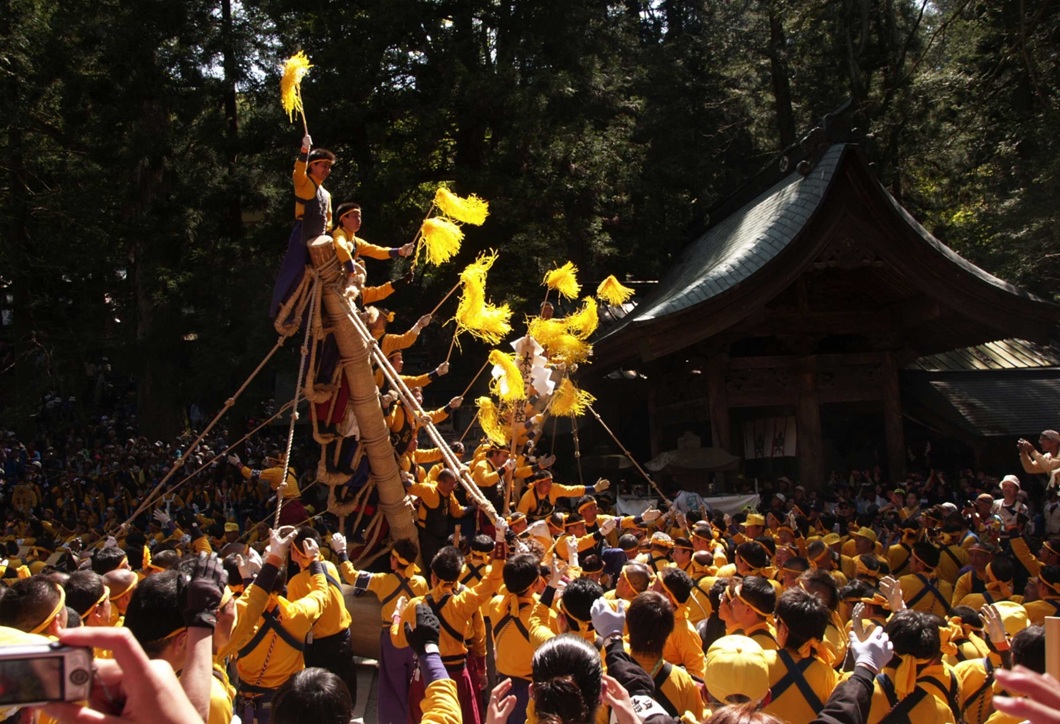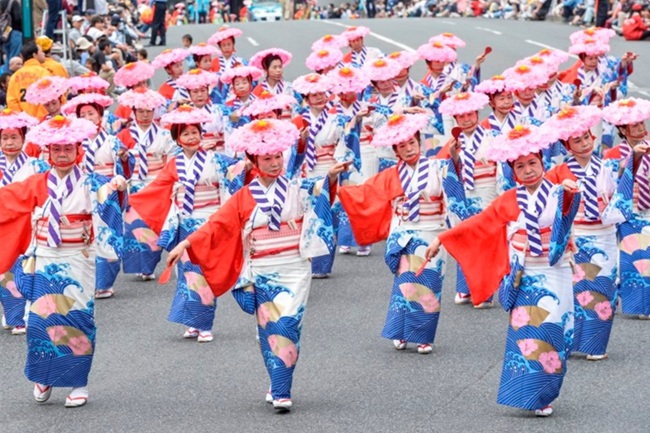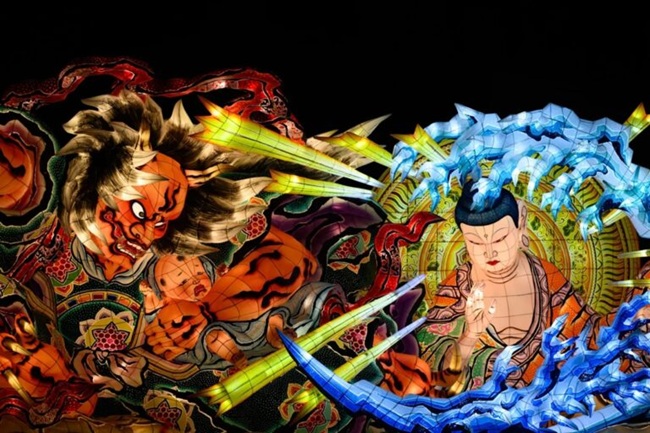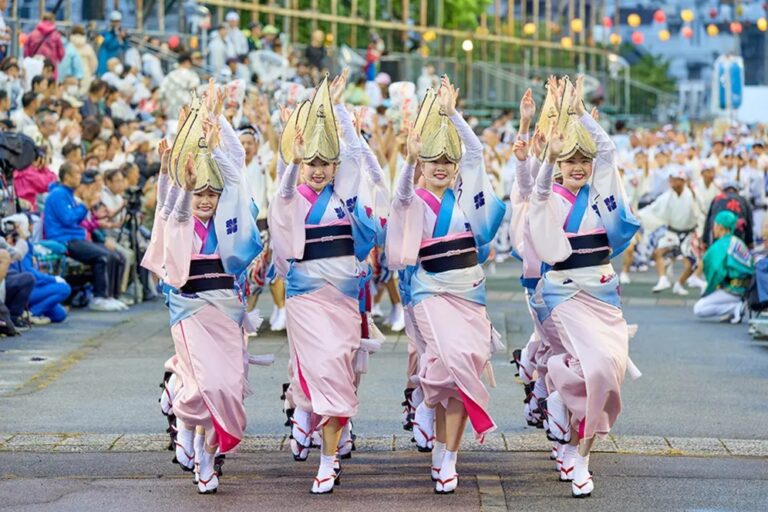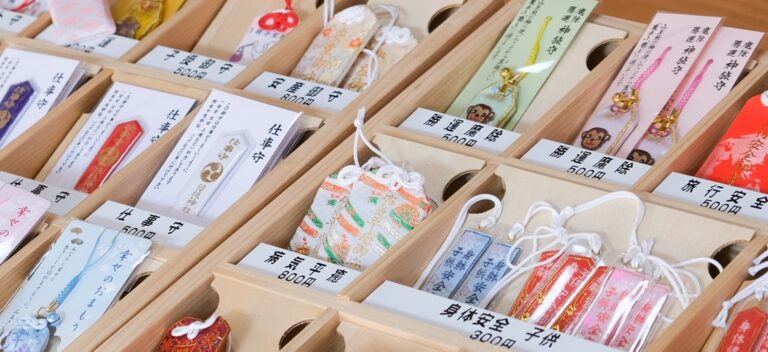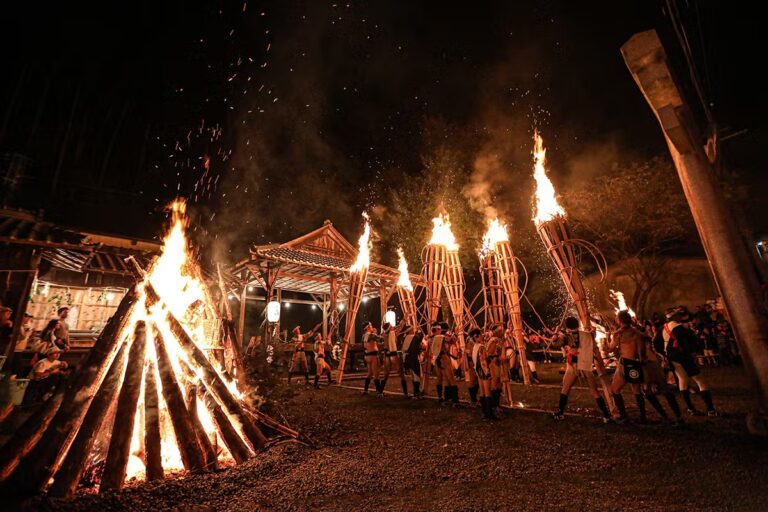Onbashira Festival ― The Great Trees Descend from the Mountains to Become Gods
The great trees of the deep mountains descend to the village and become gods. At Suwa Taisha Shrine, once every seven years in the years of the Tiger and the Monkey, the “Shikinen Zouei Onbashira Taisai” is conducted, a grand sacred ritual continuing from ancient times. The giant fir trees cut from the mountain are pulled by the ujiko (parishioners) and erected at the four corners of the shrine buildings as Onbashira (sacred logs). This sight symbolizes both bravery and deep faith, and conveys to the present a history of more than 1,200 years.
Suwa Taisha and the History of Faith
Suwa Taisha is an ancient shrine with four sanctuaries (Upper Shrine Main Sanctuary and Maemiya, Lower Shrine Autumn Shrine and Spring Shrine) around Lake Suwa in Nagano Prefecture, and is the head shrine of Suwa Shrines all over Japan. The main enshrined deity is Takeminakata no Kami, who according to the Kojiki opposed the transfer of the land in Izumo and fled to Suwa.

A distinctive feature is that there is no building called a main sanctuary. The mountains and sacred trees themselves are worshiped as the shintai (sacred object where the deity resides). This is thought to preserve the ancient form of shrines.
Shikinen Zouei Onbashira Taisai
The Onbashira Festival is called the “Shikinen Zouei Onbashira Taisai” and is a periodical festival held in the years of the Tiger and the Monkey. Sixteen giant fir trees are pulled, four each for the four sanctuaries of Suwa Taisha, and rebuilt at the four corners of the shrine precincts. The act of erecting Onbashira is said to have various meanings such as “the boundary of the sacred area” or “the yorishiro (sacred object attracting spirits) of the deity.”

This event is not simply the movement of trees but a sacred service in which the ujiko, the local parishioners, devote themselves together. The entire Suwa region is enveloped in the festival, and even local companies set holidays for it.
Onbashira Festival Highlights
- Kiotoshi (Log Ride Down the Slope)
In the “Yamadashi” (pulling down from the mountain), the giant trees are slid down a steep slope. This powerful scene is watched with excitement and tension.
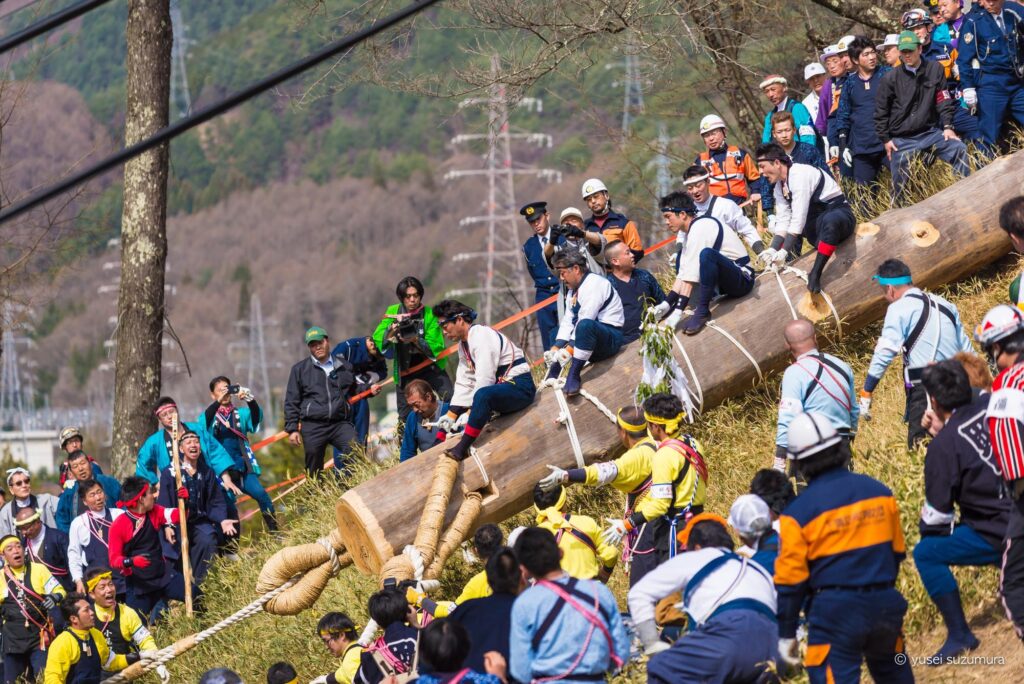
- Satobiki (Pulling Through the Town)
When the Onbashira enter the town, the ujiko pull them through in a gorgeous procession. There are horsemen, yakko-buri (traditional performances), and Hanagasa dance, making the entire town festive. - Tate Onbashira (Raising the Logs)
The climax is the sacred rite of erecting the Onbashira at the four corners of the shrine. The tip of the log is shaped into a pyramid by “Kan-muri Otoshi.” With the shouts of the ujiko, using the device called shachi, the giant log is raised. When a large sacred staff is struck into the top, the great tree from the mountains becomes the dwelling of the god.
Schedule and Viewing Notes
The Onbashira Festival is held once every seven years in the years of the Tiger and the Monkey of the zodiac (eto). The Tiger corresponds to January in the twelve signs, and the Monkey corresponds to July, each symbolizing the beginning of spring and autumn. The Tiger has the meaning of “stretching and sprouting,” and the Monkey has the meaning of “moving and maturing.” Because these are associated with the cycles of nature and the ripening of crops, they have been considered auspicious years suitable for the Onbashira Festival, which prays for a good harvest.
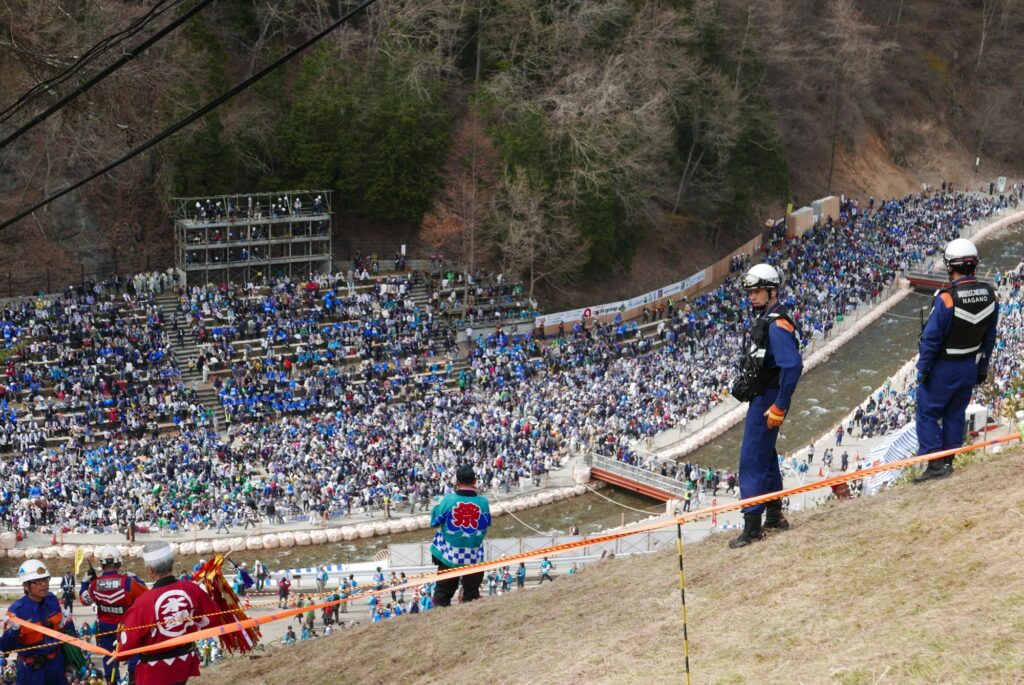
Photo:ゆーせー
Since the twelve signs complete one cycle in twelve years, in reality the festival is held every full six years, but in Japan, because of the old custom of counting years, it is expressed as “once every seven years.”
The most recent festival was in 2022 (Reiwa 4), and the next will be in 2030 (Reiwa 12, Year of the Tiger). The Yamadashi is in April, and the Satobiki is in May, with the Upper and Lower Shrines held one week apart. In the festival year, worshippers from all over the country visit, and accommodations quickly become full, so reservations half a year in advance are recommended.
| Zodiac (Japanese) | English | Example Years | Meaning |
|---|---|---|---|
| 寅 (Tora) | Tiger | 2022, 2034… | Growth, sprouting (Spring) |
| 申 (Saru) | Monkey | 2028, 2040… | Movement, maturity (Autumn) |
Onbashira to Visit Even in Non-festival Years
Even in years without the festival, you can see the erected Onbashira in the precincts of Suwa Taisha, and by visiting the four sanctuaries you can feel the atmosphere of the festival. In museums in Suwa City, videos and historical exhibits of the Onbashira Festival are shown, recommended also for travelers in non-festival years.
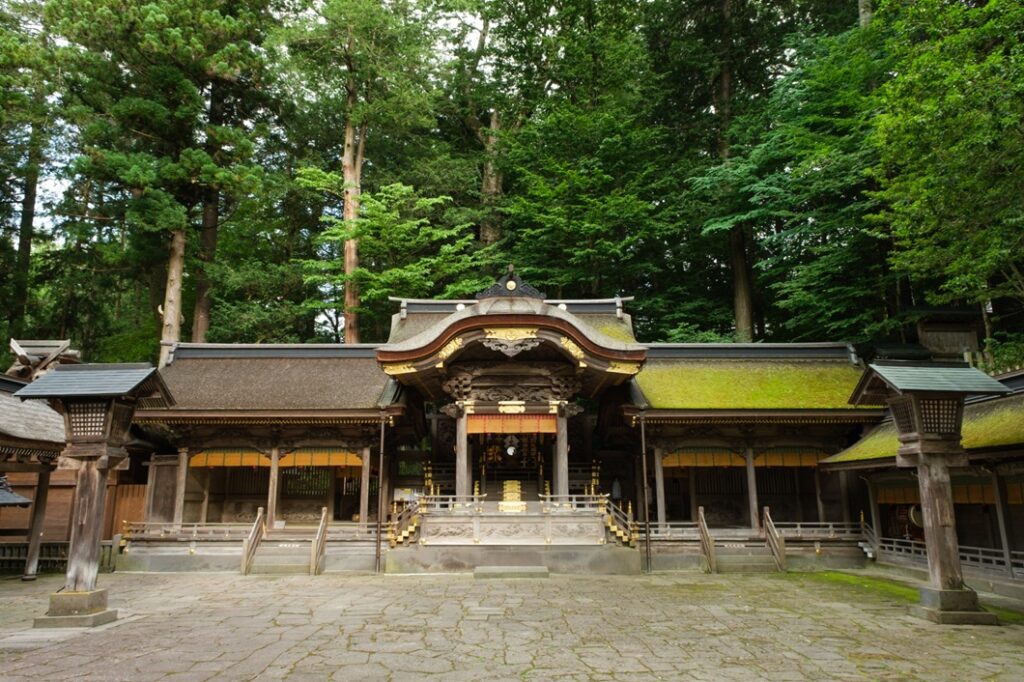
A Sacred Ritual with Life at Stake
Behind the power of the Onbashira Festival lies danger. In the past, accidents have occurred during Kiotoshi or Tate Onbashira, and deaths have been recorded. Yet the people of the region continue to inherit this festival by risking their lives, which makes the festival stand out not as a tourist event but as a sacred ritual.
Which festival will you go to next?

Editor and writer from Japan. Not the best at English, but I share real stories with heart and honesty — aiming to connect cultures and ideas that matter.

